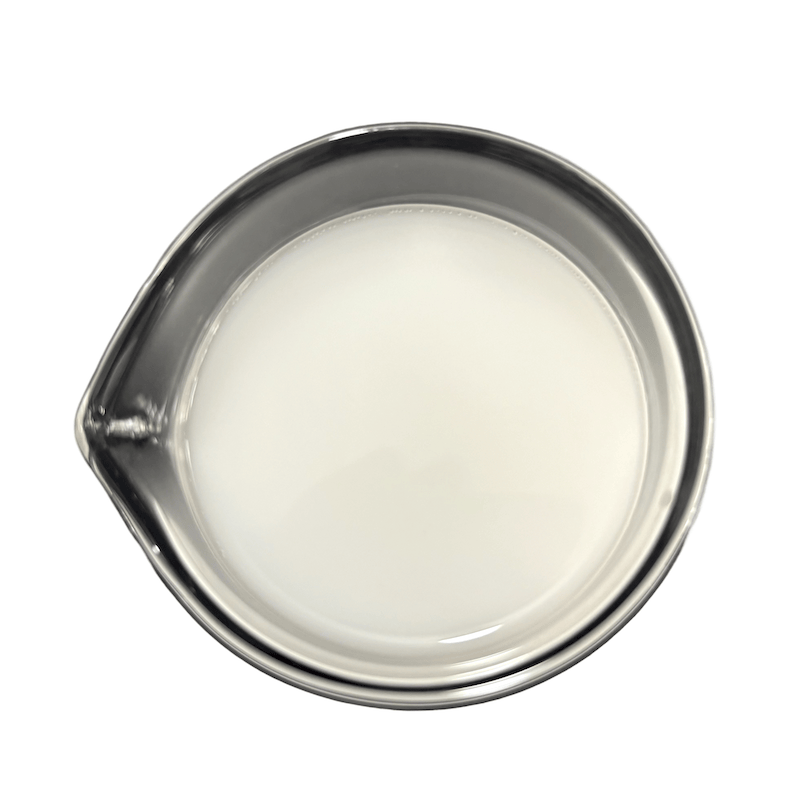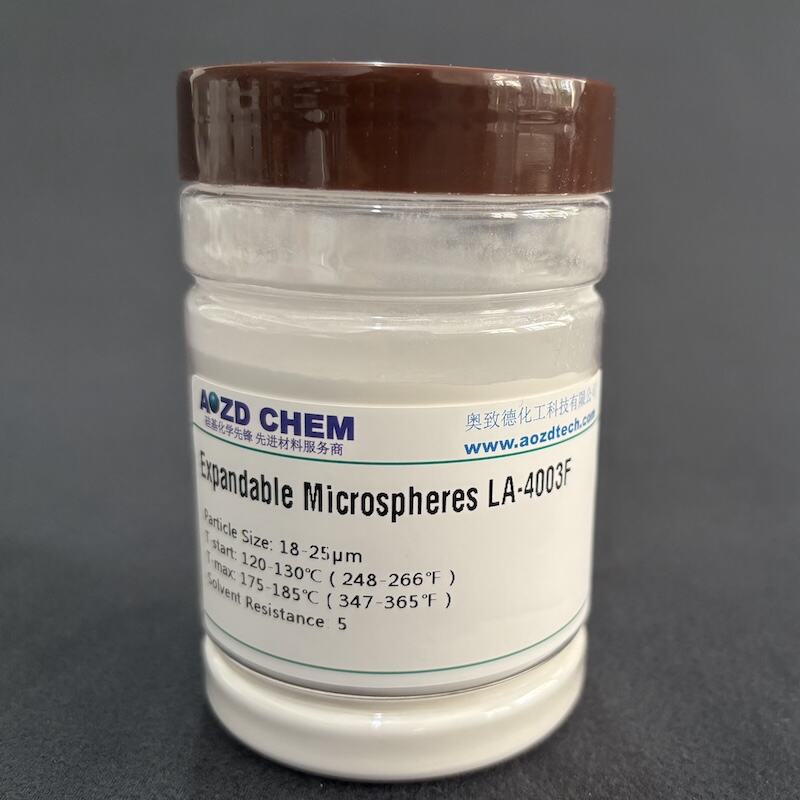additives for synthetic leather
Additives for synthetic leather play a crucial role in enhancing the material's performance and characteristics. These specialized chemical compounds are integral to the manufacturing process, serving multiple functions that improve both the production efficiency and final product quality. The additives encompass various categories, including stabilizers that prevent degradation, plasticizers that enhance flexibility, and surface modifiers that create desired textures and appearances. During production, these additives are carefully incorporated into the base materials, enabling manufacturers to achieve specific physical properties such as durability, weather resistance, and color stability. Modern synthetic leather additives also contribute to environmental sustainability by reducing harmful emissions and improving the material's recyclability. The technology behind these additives has evolved significantly, now offering solutions for challenges like UV resistance, antimicrobial protection, and enhanced breathability. These innovations have expanded the applications of synthetic leather across various industries, from automotive interiors and furniture to fashion accessories and footwear. The precise formulation of additives can be customized to meet specific performance requirements, making synthetic leather adaptable to diverse end-use applications while maintaining consistent quality standards.






